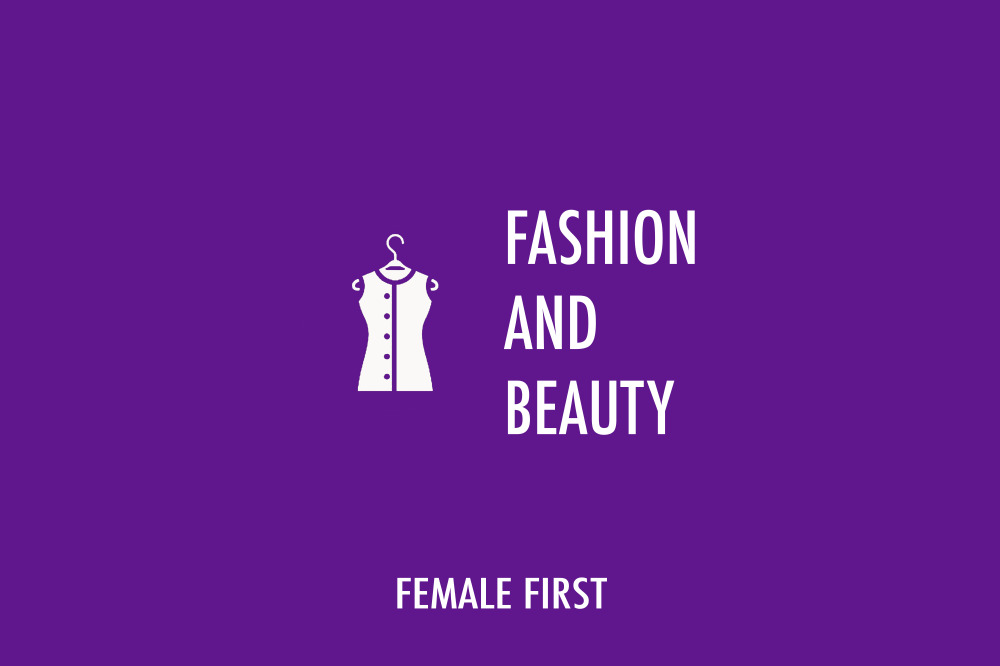Jane Fonda recently caused waves at the Oscars by taking to the red carpet in a dress she wore 6 years ago. There’s a seed change happening in the fashion world; sustainability is finally de-rigeur.

Fashion and Beauty on Female First
In my work as a designer and mentor to designers I’m lucky to have access to a lot of information about sustainable fashion. It can be fun, sexy and exciting. But it hasn’t always been that way for me. I used to think that sustainable fashion was brown, boring and frumpy.
The big change
My mind-set shifted drastically when I discovered the poor conditions suffered by many garment workers globally. I knew I wanted to downsize my fashion habit so I sent 70% of my wardrobe to charity shops, and spent 1-year only buying clothes from designers and makers I could actually meet. It was a real eye-opener and it even inspired my new business mentoring independent designers.
What I learned:
Anyone can participate. There’s an idea that sustainable fashion is rare and expensive but I’ve found that it’s easier than I expected to find shops, designers and even high-street stores with a sustainable agenda. There are bargains to be had too; even sustainable fashion brands have sales!
It doesn’t have to be boring. I’ve had so much fun discovering interesting pieces. I’m lucky to live in Brighton and travel regularly back to my old neighbourhood in East London. There’s no shortage of shops that tick all the boxes. I love 69B on Broadway market London for sustainable designer fashion, Fold Brighton for simple quality staples, Wolf and Gypsy Brighton for vintage, Ragyard Brighton for up- cycled and embroidered pieces, and my own brand Age of Reason Studios for print.
You can help by avoiding returns. I was horrified when I discovered that billions of kilos of landfill waste are generated every year from returns. We imagine that our returns go straight back into the supply chain, but big brands don’t have the infrastructure to make ever single item box-fresh again. The result: they bin returns and the brand cuts their losses. My top tip is to know your sizes really well, keep a tape measure at home, look at size guides, and learn what suits you best.
Knowing your style is key. When you commit to your own true style you really can avoid waste and unnecessary purchases. Decision-making around clothes is easier for me since I’ve learned what my best colours and shapes are. I can now zero in; if it’s not fabulous on me, it’s a “No”.
Small brands are leading the way. Most small independent brands make garments in relatively small quantities and have a direct relationship with a seamstress or a small factory. This means that they waste less and care more. Their returns are usually handled in-house too, so they go back into the proper supply chain.
How you care for your clothes really matters. Once upon a time we threw our clothes in the washing machine on 60 degrees after 1 day’s wear. These days we know to use 30 degrees. Avoiding fabrics that contain plastics like polyester is best. Bagging knitwear in summer avoids moth damage, which lessens the need for replacements. Look for dry-cleaners that offer Eco-Cleaning too; Johnson’s do it in the UK.
Your actions will make a difference. You can make a positive impact towards sustainability. Little changes like just saying “No” to anything that doesn’t quite work for you makes a difference.
I feel really lucky to have learned so much about everyday sustainability from designers I’ve met. My mission now is to pass that knowledge on to the hundreds of emergent designers inside my memberships. I truly believe that no brand (or person) is too small to change the world.
For more visit www.alimapletoft.com
Tagged in fashion

